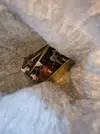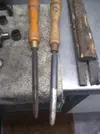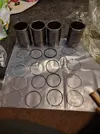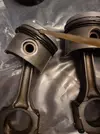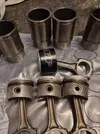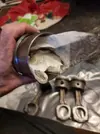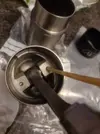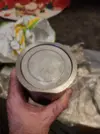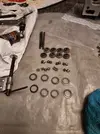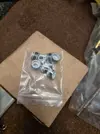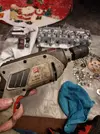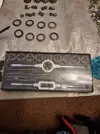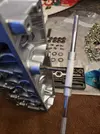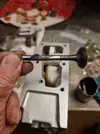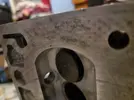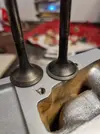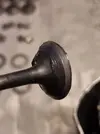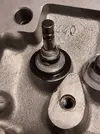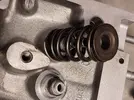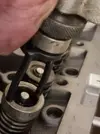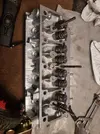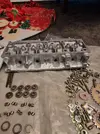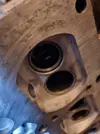DaveL485
Staff member
Where the liner drops into the block, the liner seal sits on that angled rim and seals the liner base in the block, it stops the water from the coolant jacket draining down into the sump. Common for corrosion there on ally blocked 21's too. The liner seals are supposed to go in dry, its just a rubber O-Ring, but I smear Reinzosil around the liner base and O-Ring before fitting now. It's a high temp oil and water proof, flexible sealant and it helps fill in all those little corrosion points. You only need a little and it squishes nicely into place. You have to remember to clamp the liners down in place though as it needs to dry with the liners in the right position, otherwise your liner/deck protrusion will be wrong. I've used it on maybe 20 engines over the last 15 years and never had an issue, other than its a lot harder to get the liner back out lolThat block looks the dogs wanger! What is the last photo of?

